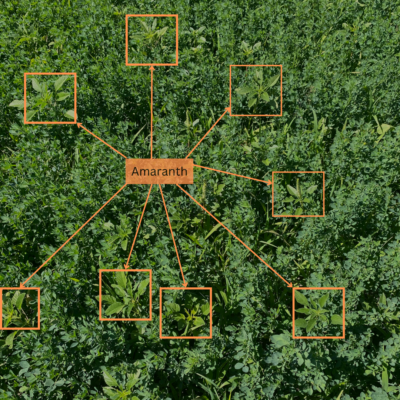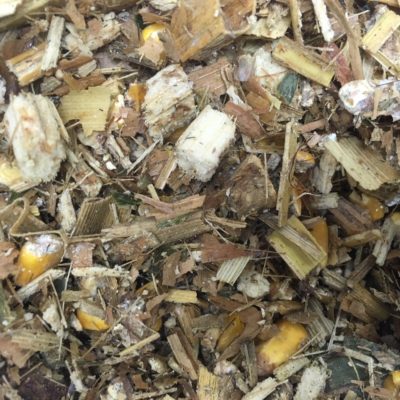Often when a producer is determining the cause of an abortion storm, they look to the feed as a potential cause. While feed can potentially contain toxins which cause abortion, working with your veterinarian is key in determining the cause of an abortion.
Toxins in the Feed
- Nitrates are often the first thoughts when an abortion storm begins. Most producers are aware of their toxic effect and often test their forage sources for nitrates. Some producers still choose to risk it and when they do experience abortions they bring their forages to Ward Laboratories, INC. for testing after they have already lost at least one calf. This time of the year, cows and heifers are out on pasture and producers are also fertilizing. Consumption of fertilizer granules could be an unforeseen cause of nitrate poisoning resulting in calf losses.
- Mycotoxins such as aflatoxin do not cause abortion by themselves, however they do compromise the animal’s immune system. Since the immune system is constantly activated fighting these toxins, the cow or heifer if left more susceptible to other abortion causing infectious agents.
- Ergot alkaloids also cause abortion. These alkaloids are produced by fungus affecting small grain forages such as fescue, brome, wheat, oat or rye. This cause of abortion is most common in warm humid climates.
- Infectious agents that cause abortion are also be found in feed. One example was a silage sample that was sent to another laboratory to test for listeria. The sample was positive for listeria. In this case, the necropsy results from the veterinarian showed that listeria as a probable cause. With out the necropsy, the feed never would have been identified as the source of listeria.
Infectious Agents that cause Abortions
- Bacterial causes include:
- Leptospira, which is commonly associated with late term abortions.
- Brucella abortus, which is of more concern and may be a larger issue if the producer is located in a brucellosis free state.
- Listeria monocytogenes, which as mentioned above can be found in feed sources or other places in the environment. Emphasizing the need to clean and disinfect after each abortion to avoid prolonging the occurance of losses.
- Viral causes include:
- Bovine Viral Diarrhea Virus, which can cause early pregnancy abortions that may only be noticed as open cows and heifers during pregnancy checks.
- Infectious Bovine Rhinotracheitis Virus, which is typically known for causeing “Red Nose”, a respiratory disease. This virus typically causes middle to late term abortions, and can allow opportunistic bacteria to infect the fetus also resulting in abortion.
- Parasitic causes include:
- Trichomonas foetus, commonly known as ‘Trich’, is a protozoa. This organism is spread through bull to cow contact. It can largely be prevented through rigorous bull testing. Often early term abortions occur, therefore, open cows are a typical symptom that it is present in the herd.
- Neospora caninum rarely results in abortion storms. This parasite is a protozoa. Mid-term abortions are typically the result of infection with Neospora.
When determining the cause of an abortion storm, always contact your veterinarian and request a necropsy be performed. Post-mortem exams are very important because veterinarian’s have been trained to identify signs of many infectious agents which can cause an abortion storm. They also may have advice when it comes to determining what analysis to run on feed samples.




